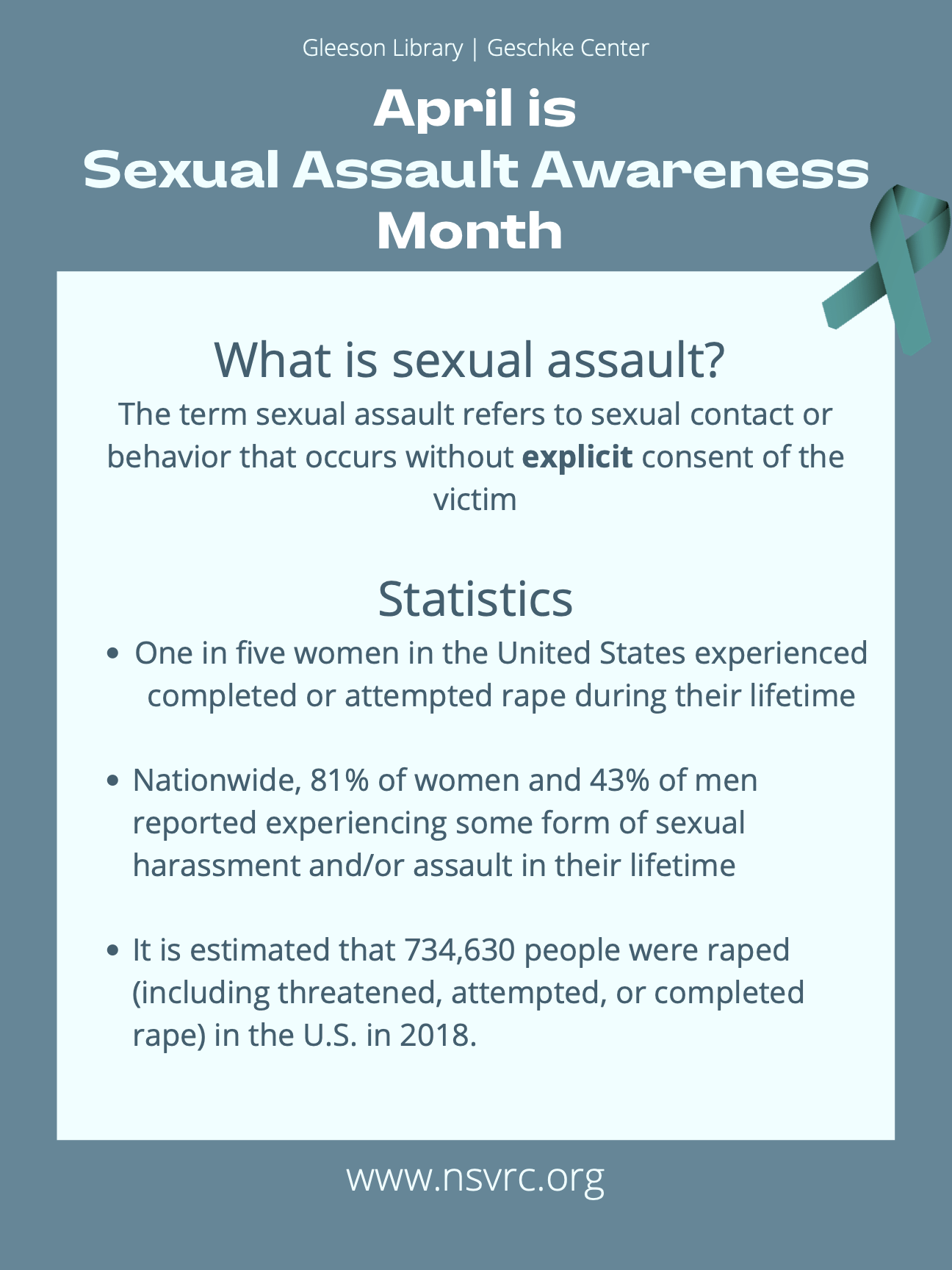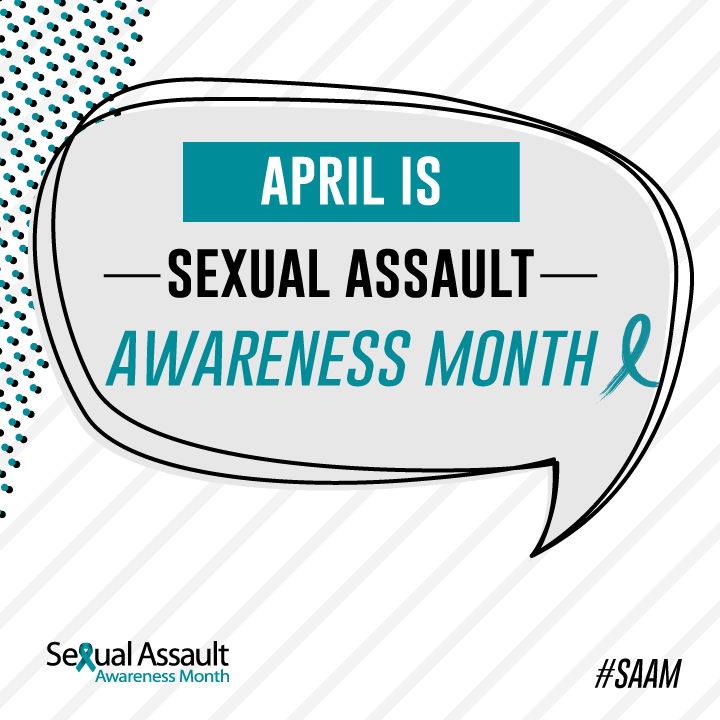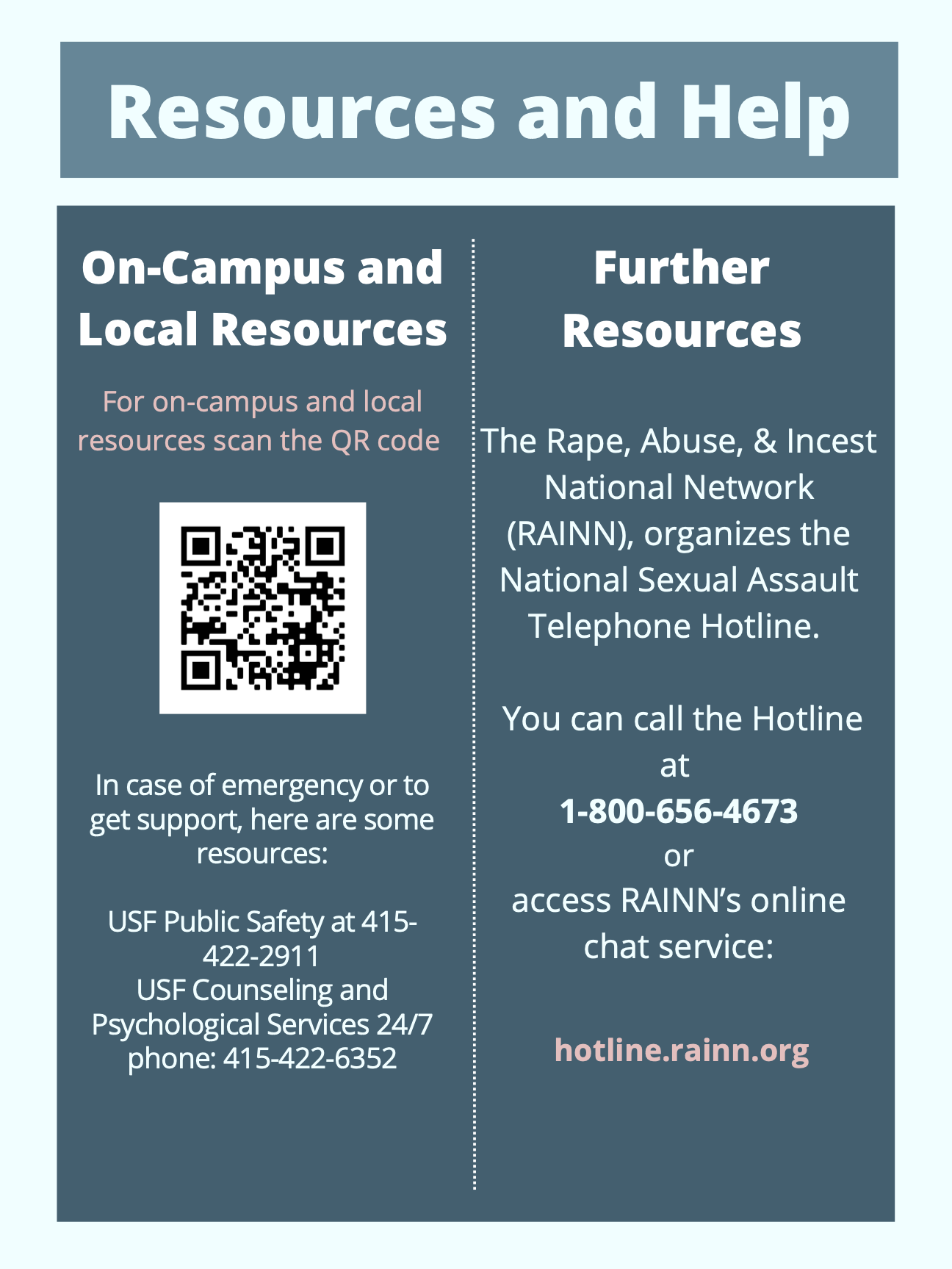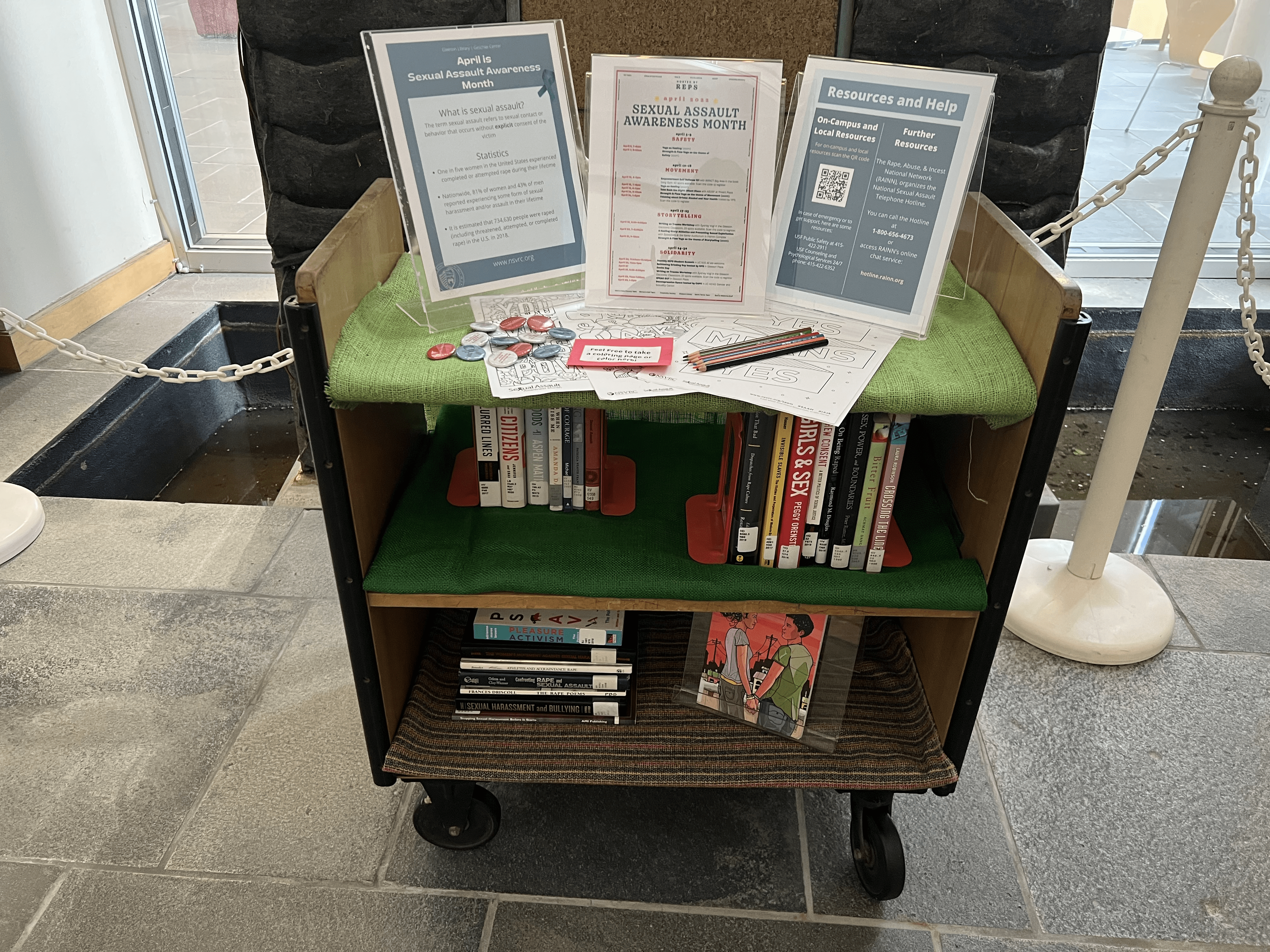The first of April marks the first day of National Sexual Assault awareness month. The purpose of the Sexual Assault Awareness Month is to raise awareness about what Sexual Assault is and to educate our communities on how to prevent sexual violence. The organization of this campaign is created by the National Sexual Violence Resource Center. They collaborate every year with assistance from various anti-sexual assault organizations throughout the United States. Sexual Assault Awareness Month officially got its start in 2001, when the National Sexual Violence Resource Center founded the campaign.

What is sexual assault?
The term sexual assault refers to sexual contact or behavior that occurs without explicit consent of the victim.
Statistics
- One in five women in the United States experienced completed or attempted rape during their lifetime. Nationwide
- 81% of women and 43% of men reported experiencing some form of sexual harassment and/or assault in their lifetime.
- It is estimated that 734,630 people were raped (including threatened, attempted, or completed rape) in the U.S. in 2018.
Even though Sexual Assault Awareness Month (SAAM) wasn’t founded until 2001, the movement for towards SAA actually started earlier than that. In the 1970s there was a significant increase in the number of people fighting to get recognition that Sexual Assault was a social issue. As a consequence of this, Bay Area Women Against Rape was founded as the United States first rape crisis center. After the founding of BAWAR, the movement snowballed into an increasing awareness of sexual violence with state coalitions forming, staring with the Pennsylvania Coalition Against Rape founded in 1975. In 1976 the marches of Take Back the Night started as a protest against the danger and fear that women encounter when walking the streets late at night.
In the early 1980s activists were debating on what month to use to raise awareness about Sexual Violence, in the beginning they used October, but then April was decided in the late 1980s. During the 1990s activists started coordinating and creating events to raise awareness and teach prevention during the month of April.

The color and symbol of the SAAM was decided by polls sent out to different coalitions across the U.S. It was determined that the NSVRC that the color blue would represent sexual assault awareness and prevention. Along with the teal ribbon was adopted as a symbol.

To access on-campus and local resources, scan the QR code or visit the Title IX Office Resources. In case of emergency or to get support, here are some resources: USF Public Safety at 415-422-2911 and for USF Counseling and Psychological Services 24/7 at 415-422-6352.
Further Resources include The Rape, Abuse, and Incest National Network (RAINN), which organizes the National Sexual Assault Telephone Hotline. You can call the Hotline at 1-800-656-4673 or access RAINN’s online chat service.
These graphics are also posted to our Instagram and have a list of resources that are available to people who would like to learn more or for those who need support. If you would like to find out more about what we have to offer at Gleeson, please visit our cart display at the library that has some of our selection of books on Sexual Assault as well as coloring pages and pins.

